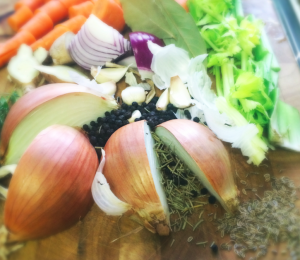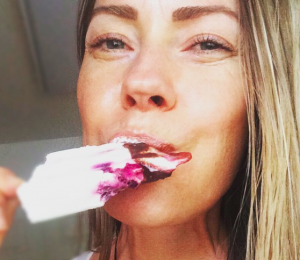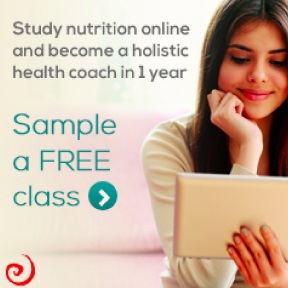Go ahead. Salt your food.
After receiving a series of health coaching sessions from the founder of Progurt, (yes, even wellness practitioners need someone they can talk to,) I have been blown away by the discomforts that vanished when I implemented his one simple suggestion––Eat More Salt. Sea salt. As it turns out, his health recommendation was one of the most meaningful I have ever received.
From our first discussion when he urged me to increase my intake of sodium, I’ve been salting everything from fresh fruit, to avocado, veggies, and my morning smoothies. Interestingly, I had been including the crystals in the juice recipes I develop for clients, mostly to turn down the notorious “green” taste. Little did I know how important including that one ingredient would turn out to be.
The familiar white stuff, known as table salt, and found in nearly all processed foods, is not at all what I am talking about. That stuff is poison! Most, if not all table salt contains aluminum and fluoride, and is often bleached by the use of chlorine. It is these additives and a toxic refining process that causes blood pressure to rise, and contributes to heart disease. News flash––pure sea salt does not.
Our bodies desperately need crystals of the sea , and in more abundant quantities than one would think.
For decades anti-salt campaigns have steered us clear of salt. Such propaganda served to be a blessing and a curse. A blessing, since we slowed our consumption of the salt we should never be eating, and a curse, because we also limited our consumption of the good stuff.
Pure sea salt is real food, and is necessary for nearly every function of our bodies, including healthy circulation, blood viscosity, metabolic burn, tissue repair, optimal digestion, mood regulation, immunity, skin clarity, optimal body pressure, and kidney and cognitive function, just to name a few.
Lack of salt contributes to:
Water retention (I know, the exact opposite of what you have been told.)
Bacteria, fungus, and virus proliferation––a.k.a colds, flus, and yeast overgrowth
Low energy
Compromised sleep
Mood swings
Constipation
And the list goes on
How is it that what was once thought to be a food foe is actually a loyal friend?
Unlike table salt, pure sea salt contains over ninety trace minerals including essential zinc, copper, manganese, and iron. These minerals are grossly depleted, if totally non-existent in our soil and food supply, and so we need to consume salt to ensure we are getting adequate quantities.
Sea salt is also rich in Chloride. This critically important mineral is necessary for the production of hydrochloric acid, also know as HCL. Do you experience heartburn? It’s likely not a result of excess stomach acid (HCL), but rather a lack of it! When we do not have enough acid in our stomach, food does not break down effectively. As a result, it gets stuck, putrefies (gross I know), and emits gasses that cause bloating, heartburn, and flatulence. When I put a healthy dose of pure sea salt to the test, (along with an already clean diet and probiotic regime), gut discomfort that would accompany my eating vanished. No exaggeration!
What was shocking is I had been taking a “hydrochloric acid” supplement for two years after discovering from labs that my HCL levels were low. The tablets helped somewhat to reduce the sensations of full feeling, of experiencing gas, and bloating, but never did the annoying discomforts fully go away. Yet, like magic, when I started adding an abundance of sea salt to my diet, digestion became a breeze! From the first day, and now two months into my new salt routine, I can eat foods that were absolutely off limits before and I still feel light and comfortable.
How is this so? Because with the presence of more chloride, my body is now manufacturing adequate HCL, and as a result my food is digesting properly rather than sitting in my gut, putrefying, and leading to discomfort.
What is a “healthy” dose of sea salt to enjoy each day? This varies person to person and I am happy to discuss your particular needs in a wellness consulting session. You can start now by adding a pinch more than usual to your smoothies, yogurt, hot cereal, soup, sprinkle on fruit, and add to salads.












